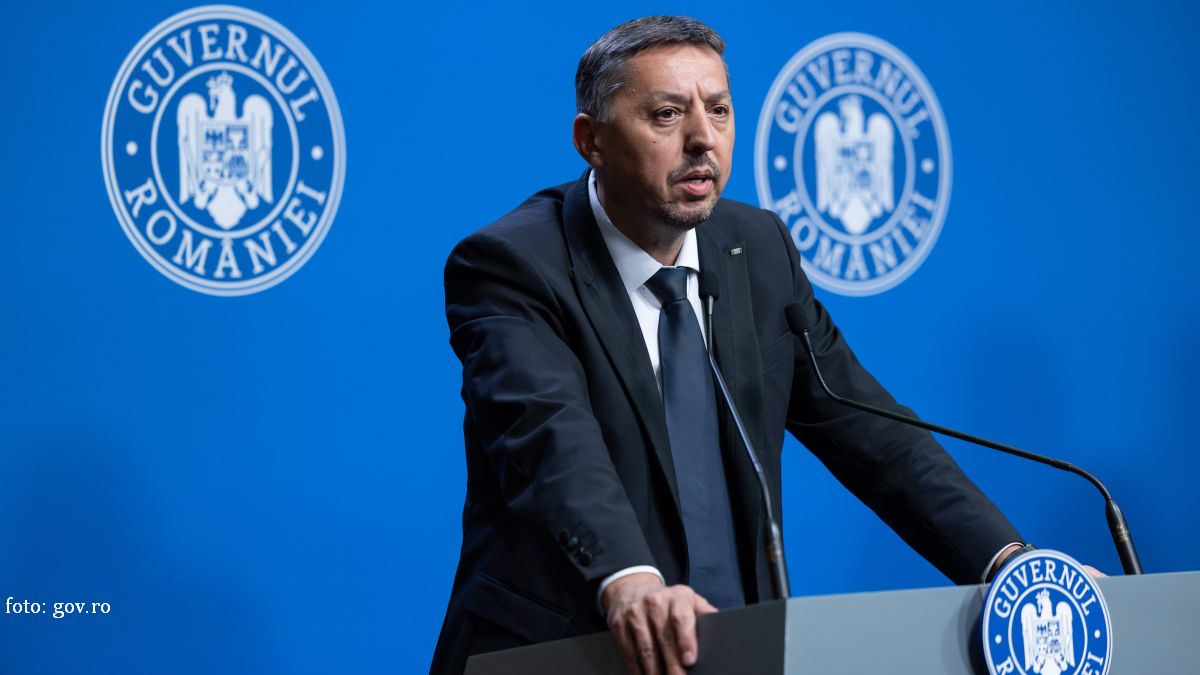New Policies of the National Bank of Romania
The Board of the National Bank of Romania has decided, in its first session this year, to cut the mandatory minimum reserves for liabilities in the national currency, lei, and foreign currency and to keep more liquidity on the market for the long run, in order to finance the economy.

Corina Cristea, 09.01.2014, 15:18
The Board of the National Bank of Romania has decided, in its first session this year, to cut the mandatory minimum reserves for liabilities in the national currency, lei, and foreign currency and to keep more liquidity on the market for the long run, in order to finance the economy.
The Central Bank thus goes on with its strategy to slash the key interest rate, a measure taken for the 5th consecutive time, in a new bid to boost lending. The value set after decreasing the monetary policy interest rate by 0.25%, to the level of 3.75% per year, represents a new all-time low.
The move, says Central Bank governor Mugur Isarescu, has been possible thanks to a continuous decrease in the inflation level which might even get close to 1% in the first half of this year. The mandatory minimum reserves for liabilities in lei have also been cut from 15 to 12% while those in foreign currency went down from 20 to 18%. These are the minimum amounts that banks must keep at the Central Bank. This way, Isarescu believes, banks will have more money to support lending. But what exactly will the banks do?
Mugur Isarescu explains:“Some banks will allot more to lending, others will reflect more on the lending conditions and will probably speed up the pace and even reconsider their customers’ position. Other banks that have to pay debts will make a calculation and pay them off. I wouldn’t want to give you more guidelines on that. All in all, this is a move aimed at boosting lending.”
Last December Mugur Isarescu stated that in order to encourage lending, the Central Bank was prepared to reduce the mandatory minimum reserves in 2014, accounting for 6 billion euros for the hard currency and 3-4 billion euros for lei, in spite of an excess of liquidity on the market worth around 2 billion euros.
By slashing the mandatory minimum reserves in hard currency, the banks will have an extra liquidity of 500 million euros, which, unless they send it to mother banks, will be invested on the market, a move likely to strengthen the domestic currency, Isarescu has said.
Moreover, the amounts obtained by reducing the mandatory reserves in lei will not exert pressure on the domestic currency, the Central Bank governor has explained. Isarescu has voiced hope that the National Bank’s decision to decrease the monetary policy interest rate will not influence commercial banks into cutting interest rates on deposits in lei.






























